How to get rid of algae in a pool: tackle that unsightly green growth with these tips
Wondering how to get rid of algae in a pool? Our advice will help you clear it for a better swimming experience

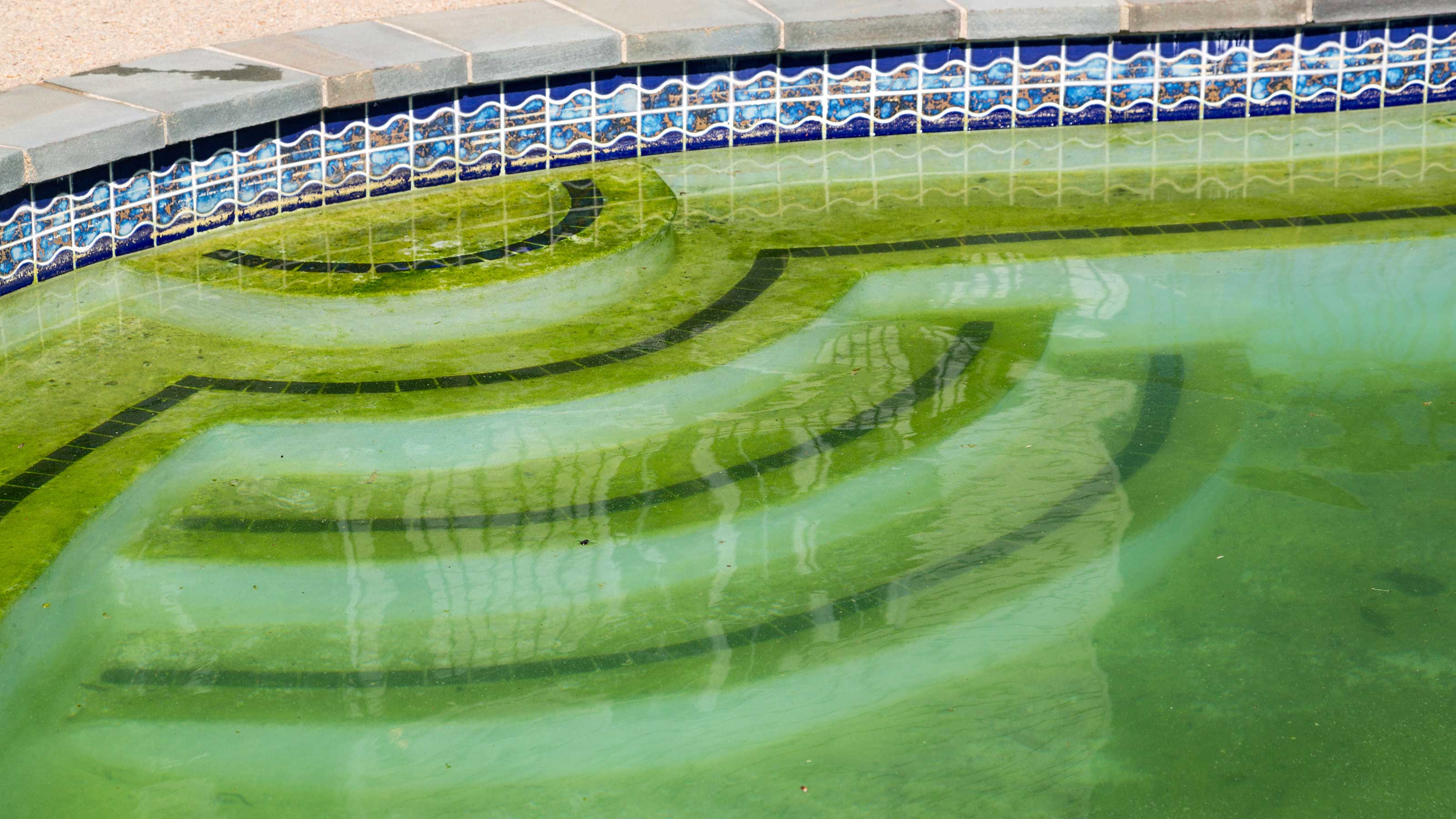
When warmer weather arrives, how to get rid of algae in a pool is something many pool owners want to know. After all, swimming amongst green sludge and murky water isn't exactly the luxurious experience we're hoping for when installing one of these features.
Once you've chosen your backyard pool ideas and got your design just how you want it, you won't want algae spoiling your setup. But luckily, with a few simple steps, you can clear out the unwelcome weed and get your water looking pristine again, ready for a refreshing dip.
5 steps for how to get rid of algae in a pool
In five simple steps, you can get your green swimming pool water looking crystal clear.
1. Clean the walls and floor of your pool
First things first, you'll want to loosen any algae build-up on the sides of your pool. This can be done with a brush as part of your regular pool maintenance routine.
When brushing the pool, pay attention to any crevices and corners. The experts at Swim University advise brushing any tougher spots first, as the water will become cloudy and obstruct your view as you carry out the job. They also recommend using a nylon bristle pool brush, unless you have a gunite or concrete pool, in which case use one with stainless-steel bristles.
A pool vacuum is useful for clearing up debris from the bottom of your pool. A manual design rather than an automatic one is generally more effective when tackling algae. Be sure to switch it to the waste setting and don't let the water level dip too low as you do it – top up your pool with fresh water as needed.
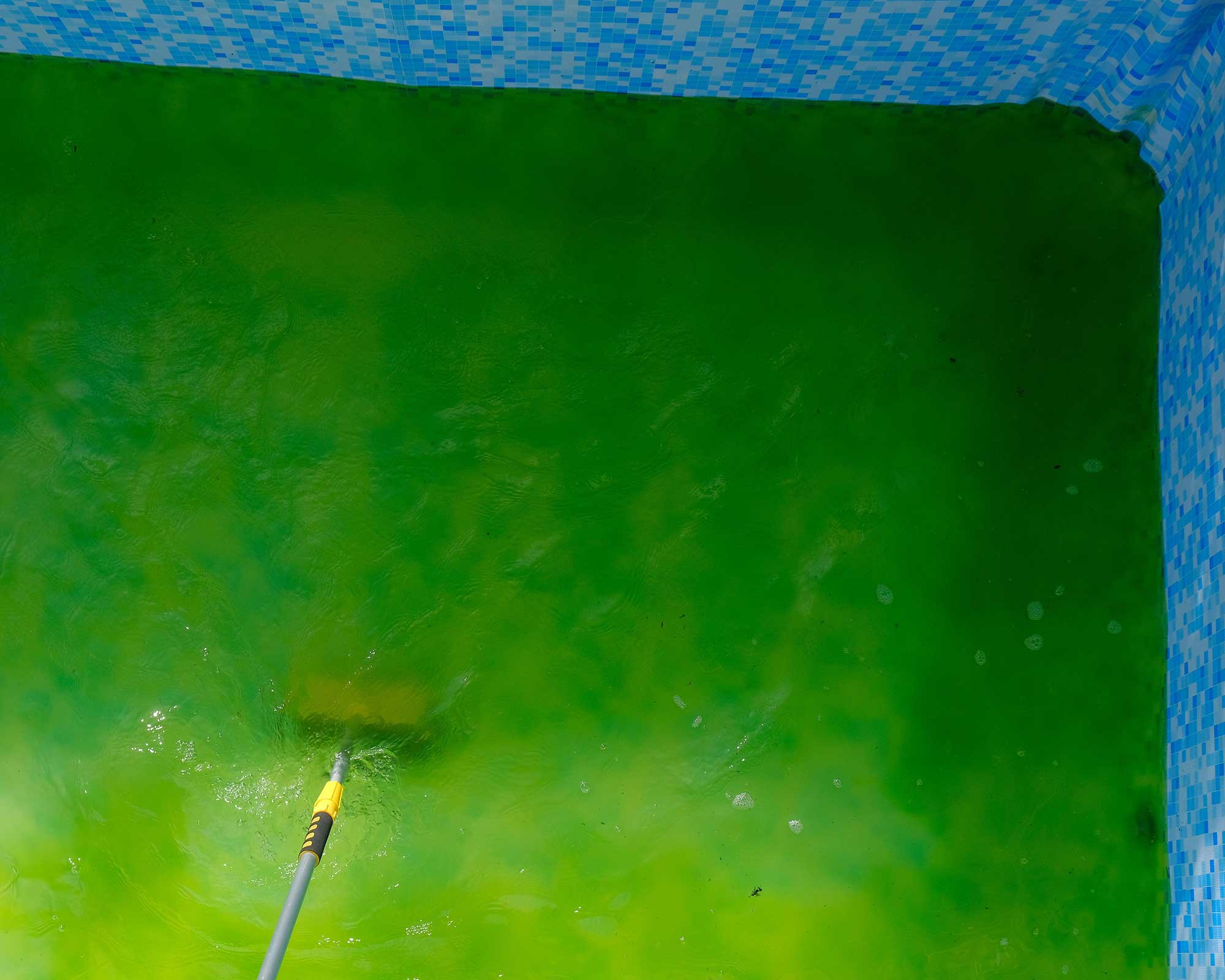
2. Check the chemical balance of your pool
Green algae is often caused by unbalanced chemical levels in a pool, including a high pH.
Test your pool to see if you need to add a pH decreaser or increaser to get it back to optimum levels (around 7.4) before you use a shock treatment (see below). According to The Home Depot, the total alkalinity should fall between 80 ppm and 150 ppm.
Getting the water balanced now will help your pool shock treatment work more effectively, explains Swim University.

3. Shock your pool and clear up the debris
Shocking a pool is basically giving it a high dose of chlorine, and should be part of your usual maintenance regime. However, if you're looking at how to get rid of algae, you'll usually need to administer a higher dose than the usual amount: check the manufacturer's instructions.
Remember to apply your pool shock in the evening, as the sun can make it less effective. Also, always wear protective clothing, including safety glasses, when handling chemicals.
Run the filters for eight hours, or overnight, after adding the treatment to ensure it circulates your pool thoroughly and that the dead algae can be cleared away.
Learning how to shock a hot tub is also important for keeping a spa in top condition – our guide explains how to do it.
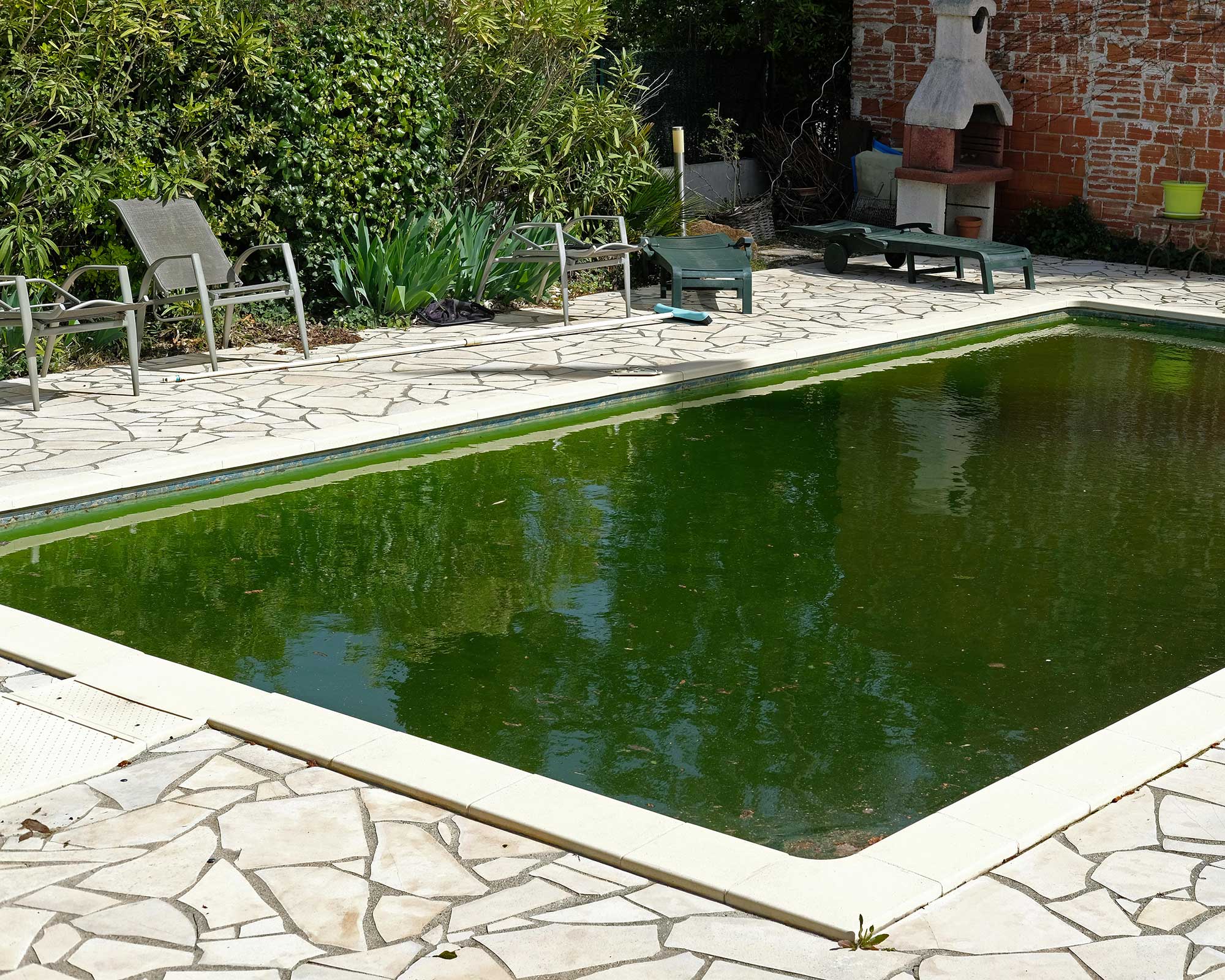
4. Clear out the filters
Your pool filters will have been working hard to clear all that dead algae, so now's the time to deep clean them. If you have a cartridge filter, this is as simple as giving it a rinse with a hose. For a more intensive clean, soak it in a pool filter cleaning solution.
If you have a sand, glass, or diatomaceous earth (DE) filter, you will need to backwash it.

5. Test your pool again before your next swim
Whether you're planning a pool party or just a solo dip, it's crucial to test your water again before jumping back in for a swim to check it's safe to do so. Adjust the alkalinity, pH, and chlorine to get them back to optimal levels.
Swim University also advises testing the cyanuric acid and calcium hardness levels if you've added any fresh water to your pool while vacuuming it.
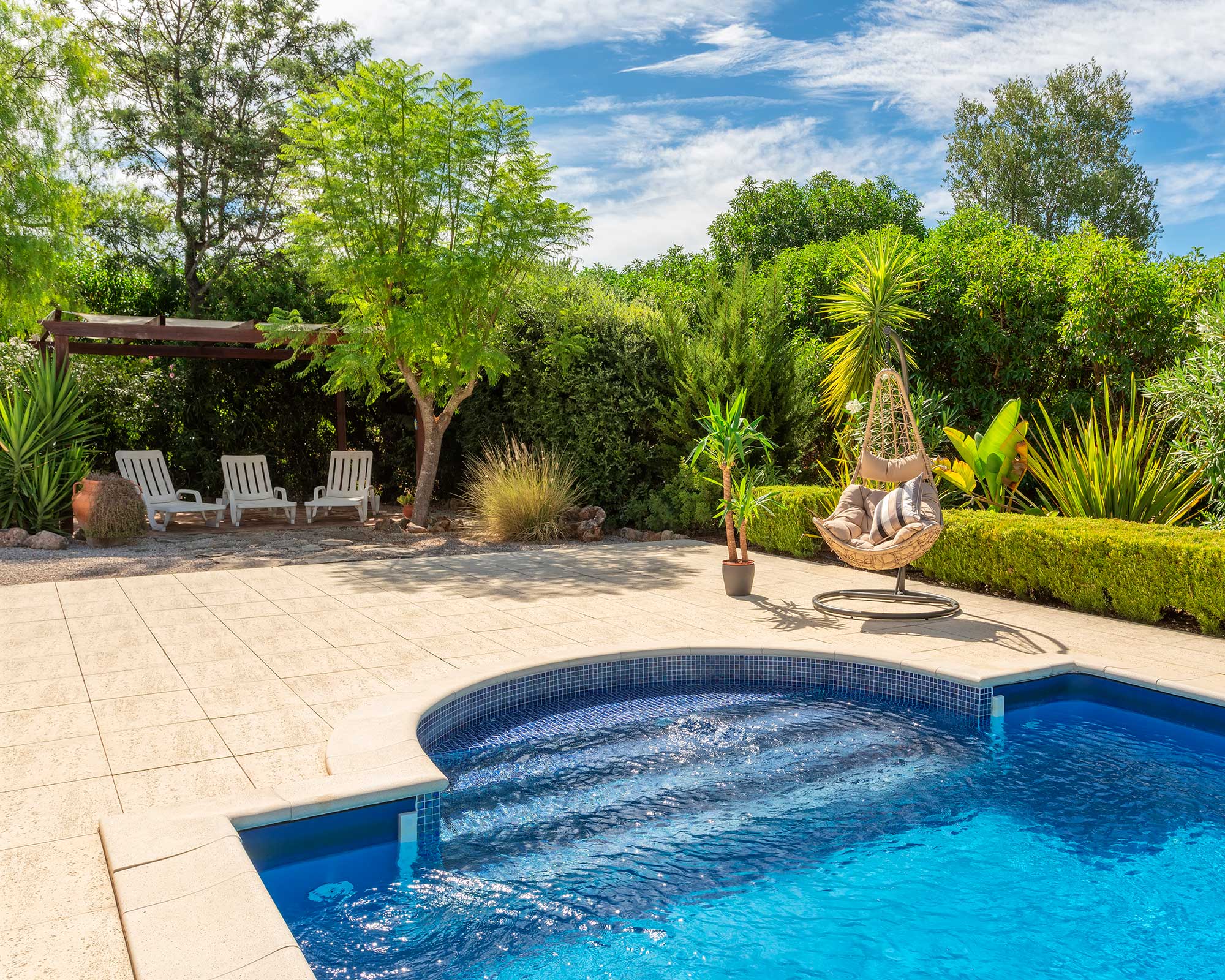
Can you use an algaecide to get rid of pool algae?
You can get algaecides for swimming pools online – try Amazon. These can be used to eradicate a mild green algae problem (otherwise, the steps above are a better approach), or as a preventative measure if used regularly. It's also good to add this treatment when winterizing a pool.
Lowe's says that you should shock your pool before using an algaecide. If you use the two treatments at the same time, neither will be effective.
You can also use a pool flocculant to treat mild cases of pool algae. This makes it easier to vacuum it up.

How do you prevent algae from developing in the first place?
Green pool algae can be caused by a few factors. Low chlorine levels and high pH are two common reasons, so remember to keep on top of frequent testing and adjust your pool's chemicals to keep them optimal.
Other routine cleaning procedures, such as brushing the walls, checking the filters, and removing floating debris with a pool net can also help keep algae levels down. Also, if you've used your pool floats and other pool accessories or bathing suits elsewhere (say, in a lake or the sea), then ensure they are properly cleaned before reintroducing them to your pool.
Bear in mind that warm temperatures – whether that's the water, the weather, or both – can encourage algae to grow quicker. It may be worth considering some pool shade ideas to help keep it at bay (and provide some cool respite from the sun as you swim).
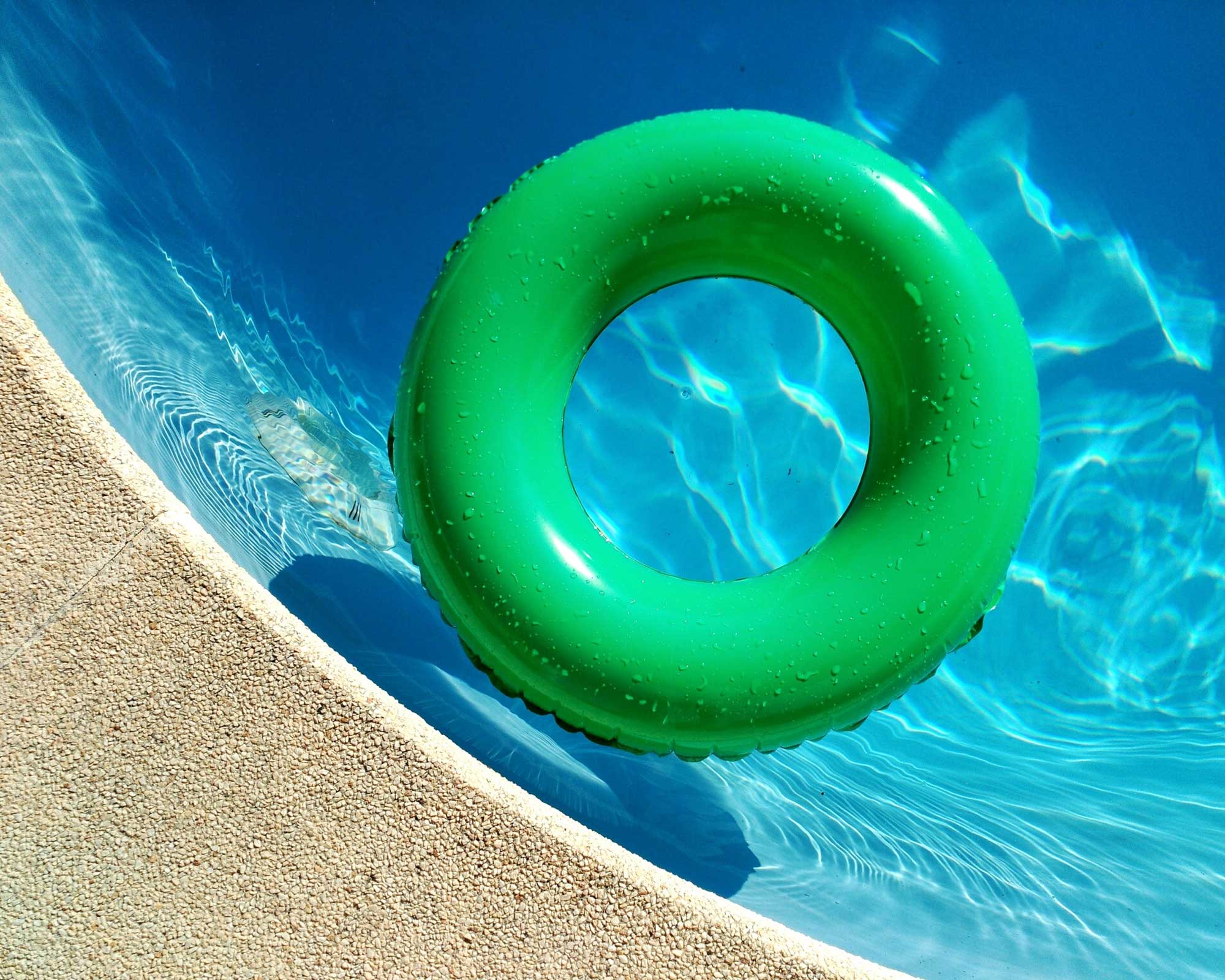
What are the different types of algae in a pool?
Green algae is the most common in a swimming pool and the easiest to tackle. It is slimy, grows on the sides and floor of a pool and can also float, and can turn the water green. It can harbor harmful bacteria and multiplies quickly, so it's best to deal with it as soon as you spot it, as says Lowe's.
You can also get mustard algae, which is tougher to get rid of. Black algae can occur too, which is the toughest of all to eradicate and is actually not an algae at all but a type of bacteria.

The garden was always a big part of Holly's life growing up, as was the surrounding New Forest where she lived. Her appreciation for the great outdoors has only grown since then. She's been an allotment keeper, a professional gardener, and a botanical illustrator – plants are her passion.
